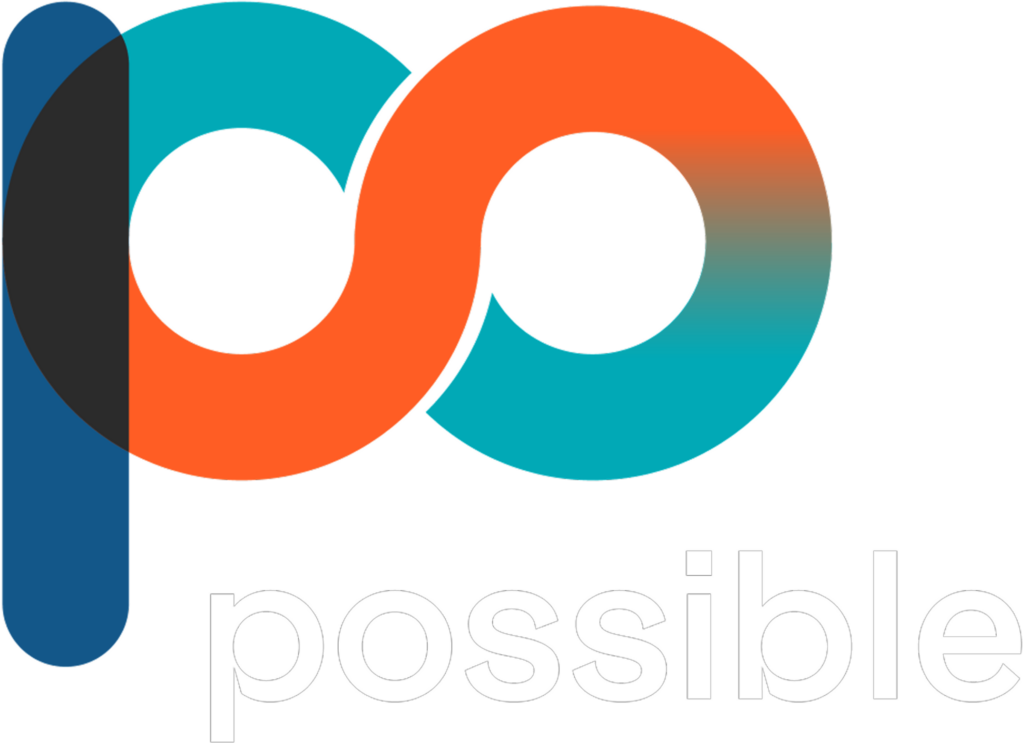CTV Still Has A Fraud Problem

By Victoria McNally A lot of F-bombs got dropped on stage at the Coalition for Innovative Media Measurement’s (CIMM) summit in New York City earlier this week. And no, probably not the F-bomb you’re thinking of. Fraud continues to plague the online advertising ecosystem, including on connected TV. But many in the ad tech industry would prefer to ignore the issue. Why? Because acknowledging bad behavior would require taking more action to fix it, said Simulmedia CEO Dave Morgan. Yet, on CTV alone, Morgan figures there’s 30% more inventory sold than what’s actually being watched in the US – meaning “there’s a 30% chance” that what you’re buying is fraud. Add to that the amount of inventory that’s available for under $10 CPMs – sometimes with rebates that exceed 50% – and the dynamics of “supply and demand [should] tell you it shouldn’t be there,” added Morgan. So, what’s to be done? What we talk about when we talk about fraud First, it’s probably worth defining terms. According to Morgan, simply turning a blind eye to fraud is as bad as actually engaging in fraudulent behavior. He compared it to buying an obviously bootleg product on Canal Street without asking too many questions and then selling it to another buyer as if it were authentic. “If it came in too cheap and at too high a volume, you should know,” he said. “That is fraud.” Not everyone agrees, though. Real fraud requires intentional deception, said FreeWheel Chief Commercial Officer Soo Jin Oh. Take CTV, she said, where there’s a great deal of ambiguity built into the system, including hashed device IDs, a lack of cookies and strategies based on probabilistic data, all of which obscures where inventory is coming from and makes it easier for real fraud to slip in among the errors and inefficiencies. And there’s little motivation to fix the problem because of a whole spectrum of “misaligned incentives,” said Eva Papoutsakis Smith, a go-to-market consultant for Protected Media, Mediaocean’s ad fraud detection solution. “We have a deep hunger for high volume [and] low CPMs, so there might be people that put their finger a little bit on the scale,” said Papoutsakis Smith, who previously held leadership roles at Pinterest and Ziff Davis. The fraud fix It’s easy to blame advertisers for getting enticed by cheap, high-volume inventory and giving their partners problematic incentives. Agencies and especially holding companies are often paid based on volume, said Arielle Garcia, chief operating officer of Check My Ads and a former UM executive. But the larger problem, according to Papoutsakis Smith, is that many of the current solutions for identifying fraud are based on “looking for something negative,” she said, rather than identifying quality inventory and developing positive relationships with publishers. Ultimately, however, responsibility should fall to the programmatic intermediaries that aggregate and present CTV inventory to buyers, argued CIMM Managing Director Jon Watts. To help create the transparency necessary to fight fraud, CIMM developed a set of suggestions and best practices developed in part based on feedback from Morgan. For example, there should be strictly enforced Know Your Customer (KYC) rules for intermediaries, including inventory due diligence programs and inventory provider identification programs to ensure the legitimate ownership and quality of CTV inventory. Intermediaries should also agree to regular independent audits. CIMM is also proposing the introduction of clawback procedures and financial penalties for enabling fraudulent transactions, as well as promoting better collaboration between buyers and sellers to enforce these procedures. But while the industry clearly needs to get better at calling out fraud from within, it may take outside regulation for changes to really stick, said Garcia, who cited a recent Vermont bill that Check My Ads helped introduce to the state legislature. If passed, the bill would establish both KYC rules and duty of care obligations so ad tech vendors would be legally required to act in the best interests of their advertiser and publisher clients. “I don’t think that self-regulation is going to fix this,” said Garcia. Even so, Morgan said, it would help “if we would actually call out our worst criminal kind.” Maybe it’s time for the industry to get better at saying the F-word out loud. To the article…



